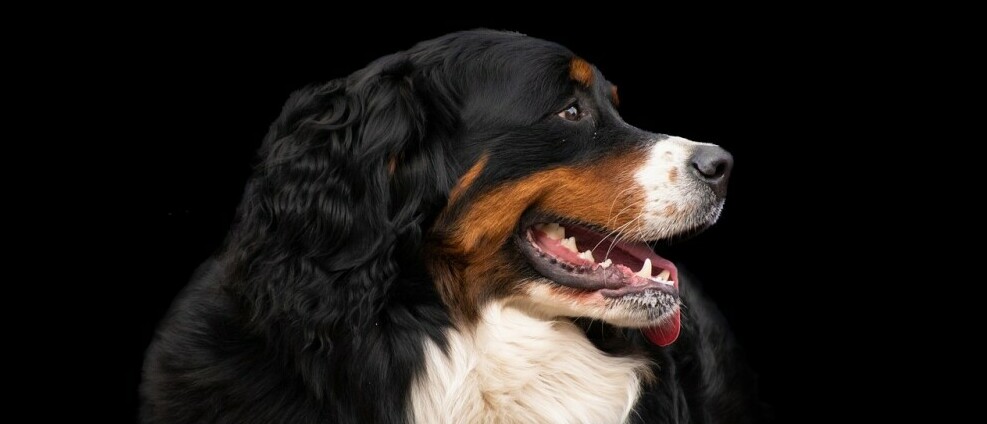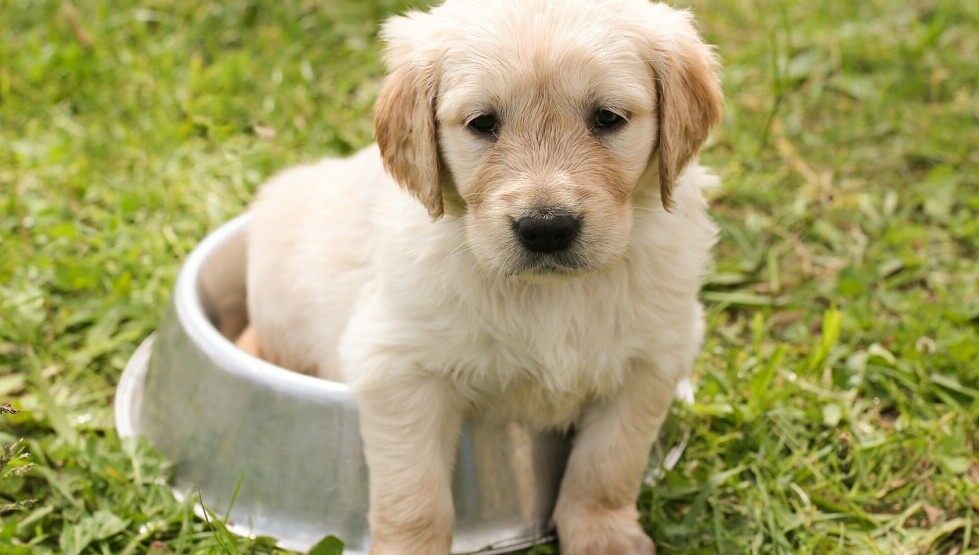If you want to cater to the well-being of your large furry friend, starting with the right dog bowl is essential. The considerations go beyond mere size – it’s about their health and happiness too. Large breeds such as Great Danes, Mastiffs, and Bernese Mountain Dogs require bowls that are tailor-made to their stature and eating habits.
A correctly sized bowl prevents health issues like bloat, a dangerous condition that can occur when a dog eats too quickly. To avert this, ensure the bowl promotes a slow-eating process. Moreover, to avoid the uncomfortable bending that often comes with standard bowls, consider an elevated feeder that aligns more closely with your dog’s chest height. This facilitates a more natural, strain-free eating posture.
Durability is another key factor for large dog bowls. These canines often have powerful jaws and high energy levels, which can lead to a bowl being toppled or chewed. Look for options that not only resist these impacts but also have a weight or design that keeps them firmly grounded.
You don’t have to sacrifice aesthetics for functionality, though. There are plenty of dog bowls available that offer both a practical design for your dog’s needs and a style that fits the decor of your living space. From sleek stainless steel options to rustic ceramic designs, there’s a match for every home.
With these points in mind, you’re equipped to dive into the sea of options for large dog bowls. Your priorities should guide you: Is it the health benefits of an elevated bowl, the cleanability of stainless steel, or the stability of a hefty ceramic option? Whatever your choice might be, it will pave the way for happier and healthier mealtimes for your large dog.
Top Rated Dog Bowls for Large Breeds: Features and Reviews

I’m going to kick things off with a look at some of the best dog bowls on the market designed specifically for large breeds. You’re going to find out about the must-have features that make a dog bowl perfect for your sizable sidekick.
Durability and sturdiness are at the top of the list because let’s face it, large dogs can be quite energetic, even during meal times. We’ll also touch on the importance of a non-slip base, because chasing a bowl around the kitchen is no one’s idea of fun.
Easy-to-clean bowls can save you time and ensure a hygienic environment for your pet to enjoy their meals. I’m here to help you with the nitty-gritty on which materials offer the best combination of safety and convenience.
In my opinion, customization is key. So, I’ll introduce adjustable height bowls that can help reduce strain on your dog’s neck and joints which contributes to their overall health and wellbeing.
Choose something that resonates with you and your pet’s needs. Remember, your first attempt doesn’t need to be your last – you can always adjust your approach down the road.
Maintenance, Safety, and Upkeep of Large Dog Bowls

I’m going to give you some straightforward tips on maintaining the cleanliness and condition of your large dog’s bowl to ensure it stays a safe and inviting place for your pet to eat. Cleanliness is pivotal, not just for the longevity of the bowl but for your dog’s health too. A simple routine is to wash the bowl after each use with hot, soapy water, and don’t forget to dry it thoroughly to prevent any mildew or bacteria build-up.
When it comes to materials safety, your dog’s well-being is non-negotiable. You’ll want to opt for bowls that are free from harmful chemicals like BPA and lead. Stainless steel is a favorite because it’s rust-resistant and remarkably durable. On the other hand, plastic bowls, while lightweight, can harbor bacteria in scratches, so it’s crucial to replace them if they get damaged.
Encountering issues like your dog chewing on their bowl or the bowl skidding across the floor can be frustrating. A heavy-duty bowl with a weighted bottom or rubber base can mitigate these issues. Still, if these problems persist, it might be worth considering a sturdier option, like ceramic, that can withstand a bit more dog-induced wear and tear.
Knowing when to replace your dog’s bowl is important. Signs like nicks and cracks in plastic or ceramic bowls or pitting and rusting in metal bowls are clear indicators. Choose something that resonates with you and your pet – safety and comfort should always be the top priority, even if that means a little extra investment upfront for a high-quality bowl that will last through the years.
